That ep was so action-packed that the OP got crowded out. The fact is, Sengoku Youko is just a very pacey manga – there’s not much downtime. The only thing that worries me is that this adaptation was initially reported to be 37 episodes and is now listed with 35. We’ve covered 48 chapters in 18 of them, leaving 17 to cover the remaining 51. If indeed we were getting 37 in total that pacing would be spot-on – as is, somewhere along the line some things are going to be cut. Especially if there was a change while the series was already in production, that could be awkward.
Mizukami Satoshi is a specialist in character arcs – they drive his stories. But even by his lofty standard Senya has a great arc. Do great arcs mean great characters? Not always I suppose, though Senya certainly is. This arc may be right up there with Kenshin Himura in terms of thematic elegance and pathos, and the list of others I’d put close to that level is minuscule to say the least. Senya is a perfect example of a writer achieving profundity by having a character think and feel in totally relatable ways while experiencing totally unrelatable circumstances. That casts Shinsuke’s actions in an especially poignant light – his reasons for taking Senya’s side, and the impact it had on the boy.
Ashikaga Yoshiteru’s kindness towards Senya is also rather poignant. Especially in light of his own circumstances. May 19, 1565 is the key date – and an important date in Japanese history. Both the critical events of this arc occur on that date – and it’s no coincidence. Teru revealed last week to Raizou, Hanatora, and Shinsuke that he will die on that date. He’s seem the future – a phantom of his future self, which opens the doors of his perception and allows him to see the full arc of his life. An arc which is about to come to an end at the hands of the traitorous warlord Matsunaga Hisahide (Terasoma Masaki).
Even if you only know Mizukami’s version of Sengoku history that name should be familiar. It’s to his villa that Mudou and Tago have taken Tsukiko. And that’s no coincidence. Mudou wants his fight, Tago his revenge – but the impetus for this whole plan is to get Senya away from Nijo Castle on the 19th of May so that he’s not around to come to Yoshiteru’s defense. Mudou knows nothing of this and probably wouldn’t care if he did; Senya knows nothing and surely would care very much. But the Shogun has taken pains to ensure that the child is kept in the dark about what will happen at Nijo on the fated day – so that he won’t put himself at risk, and so that he can’t interfere in what Ashikaga sees as his true fate.
What the Shogun wants from the trio he does tell is not backup, but the safe escape of his retainers in the castle through the means of their special skills. That’s something the three of them have to carry with them, and at the same time Shinsuke also has to guide Senya through his fraught negotiations with the thousand katawara inside him. Senya finally works up the nerve to ask Shinsuke if what Tago said about him was true. Shinsuke doesn’t deny it – but there’s more to the story. And in point of fact, it was Shinsuke’s somewhat illogical protectiveness towards Senya that was his most profound experience before he was set upon by the Mountain God. And it was the intensity of that moment that finally brought Senya’s memories back to him.
All Senya asks in the wake of this is, “Is it OK if I keep traveling with you?” He also begins addressing Shinsuke in keigo, though latter puts a stop to that quickly enough. Senya is such a pure soul, and Shinsuke so helpless in his devotion to those dealt a cruel hand in life – they’re quite the pair. Senya has finally drawn the nuts here with his new family, who see him as he is and not as he was created to be. And Teru is no slouch in that department either. In order to keep Senya in the dark he takes the boy outside the castle for one last round of life counseling, leaving him with the simple admonition that as long as he can laugh, he’s indisputably human.
Mudou himself comes to collect Senya on the fated day. And for obvious (though not to Mudou) reasons the locale for their battle is not to be Matsunaga’s villa, but the belly of a vast cloud demon called Banshouou. Senya has been spending his time in the spirit world playing with the katawara inside him – embracing his child’s nature. And he carries this over to Mudou, who he pledges to defeat without killing him and urges to laugh along with him at the wonder of being able to spar to their hearts’ content on the belly of a cloud. All Mudou, simple-minded fellow he is, wants is to eat Senya and consume his spirit energy. But Senya reveals to him the edge humans have (acknowledging at last that he is one) over katawara, born strong and never having to search for other advantages.
Two battles are about to commence, then. One between two youngsters unaware that they’ve been manoeuvred into it by forces with ulterior motives, the other between those forces. Senya and Yoshiteru both go into battle smiling, though in the latter’s case it’s in defiance of a fate he’s accepted as being inevitable. Both in reality and fiction, the events at Nijo Castle will profoundly impact the future far beyond its formidable walls.


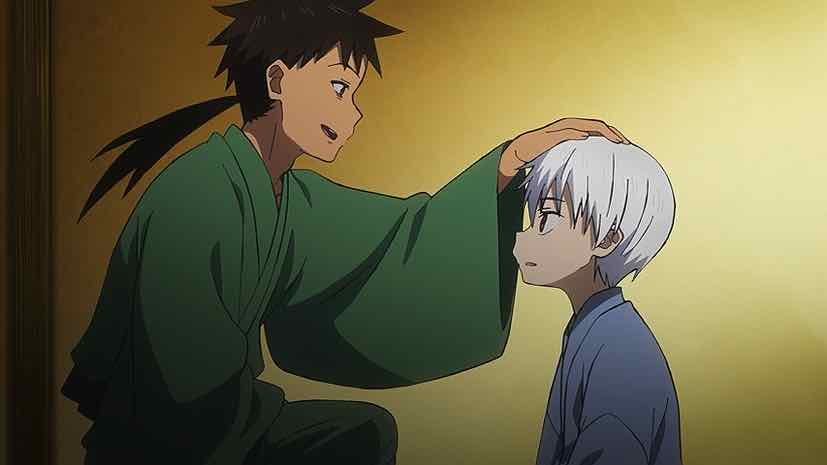
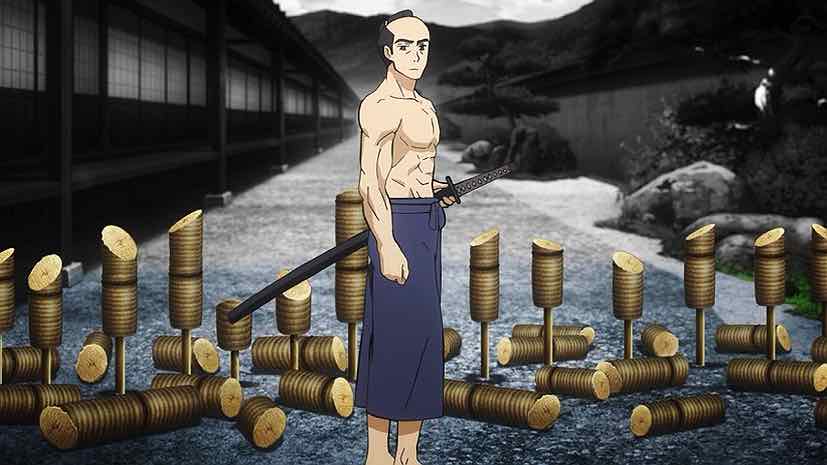
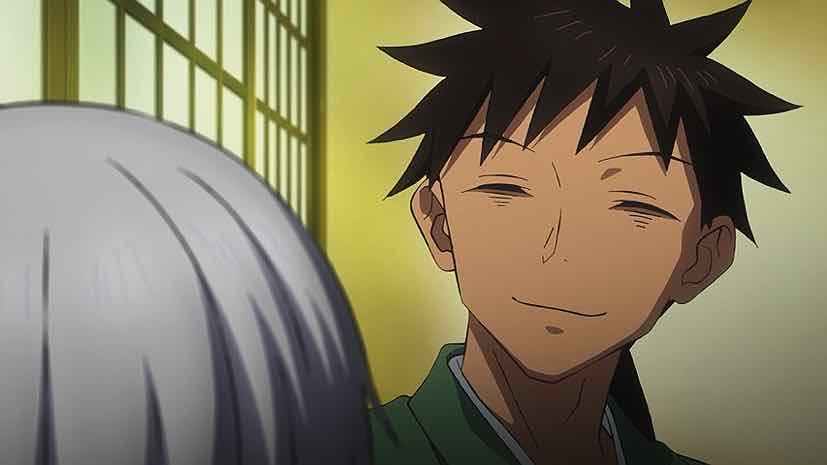

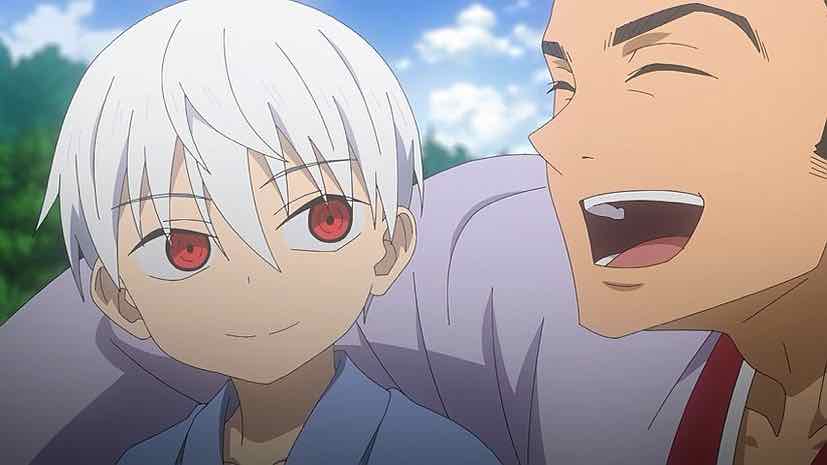
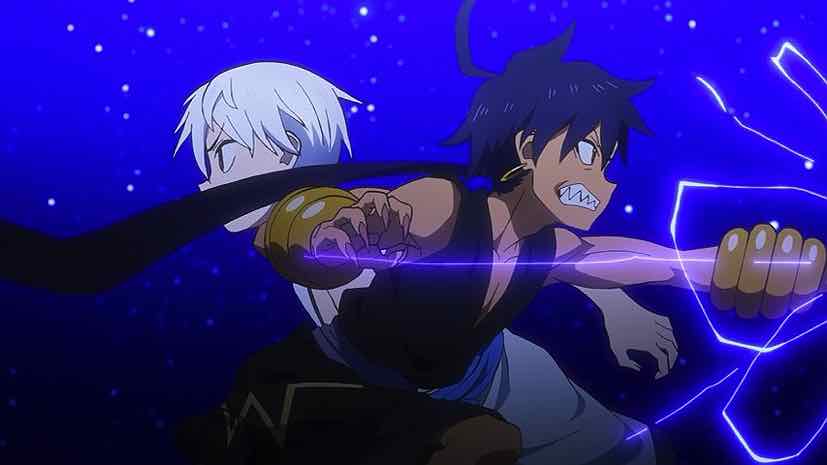
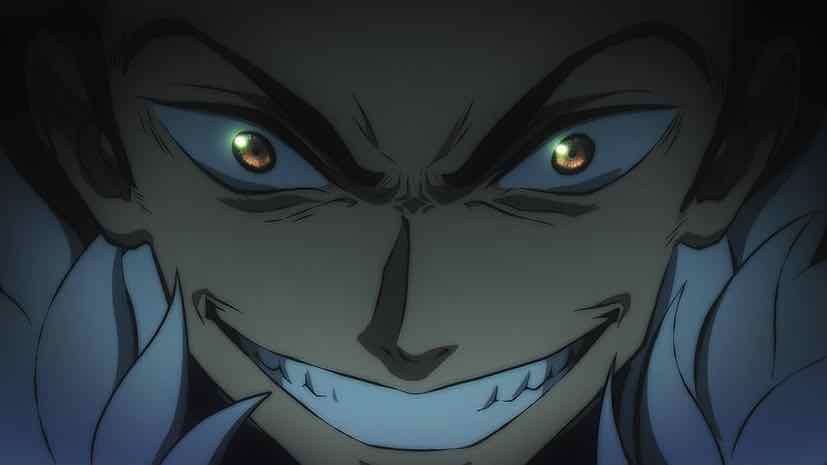
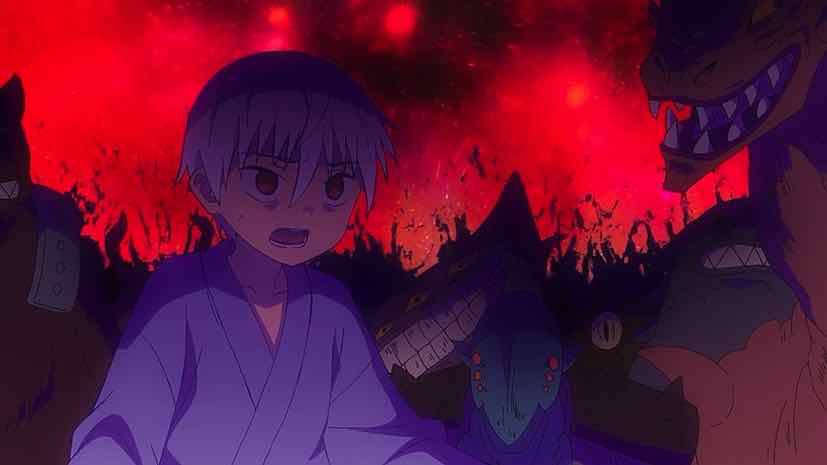
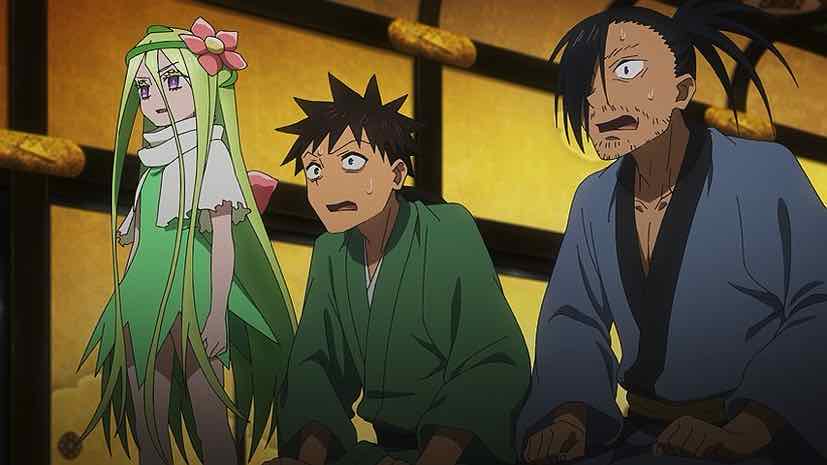
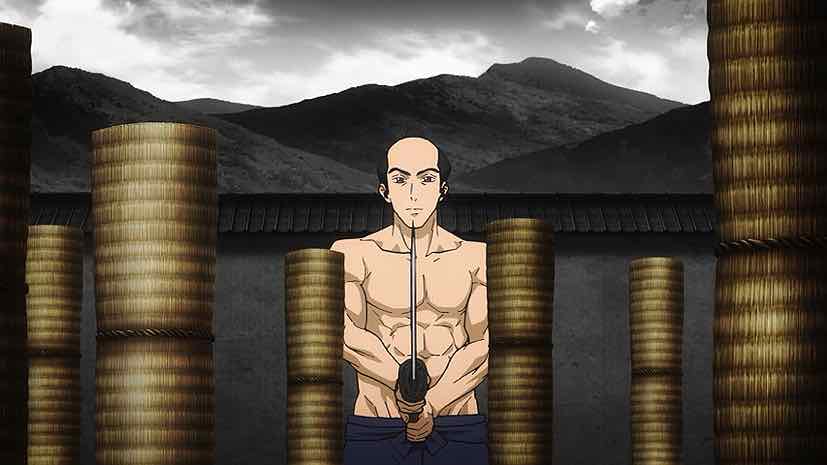
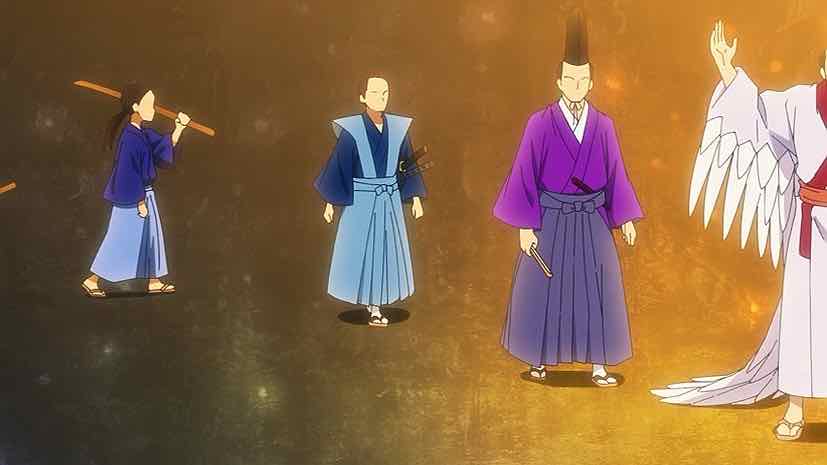


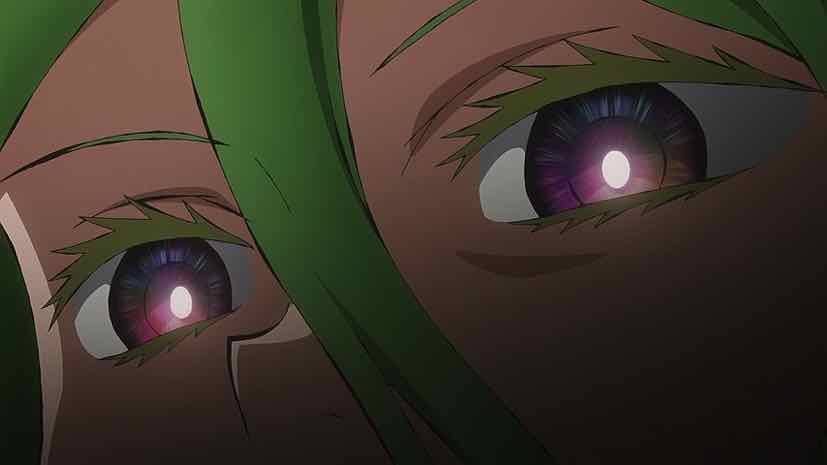
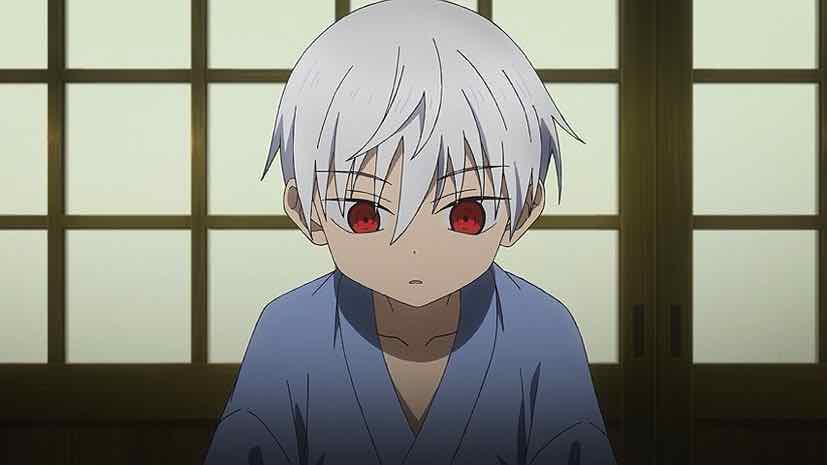
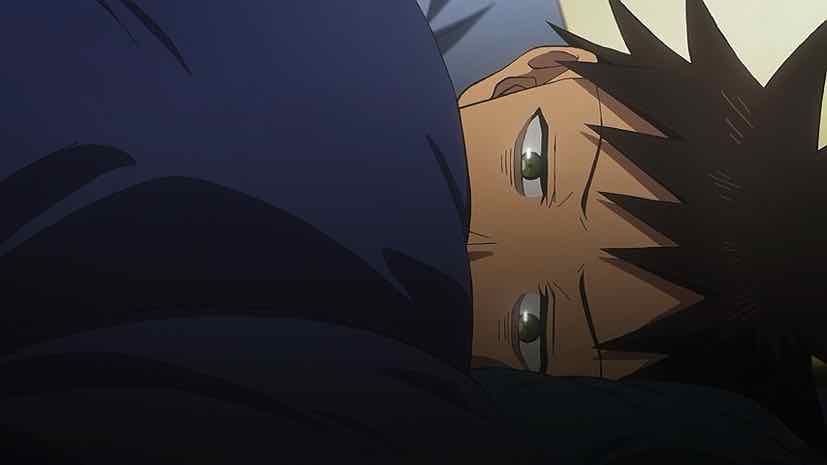
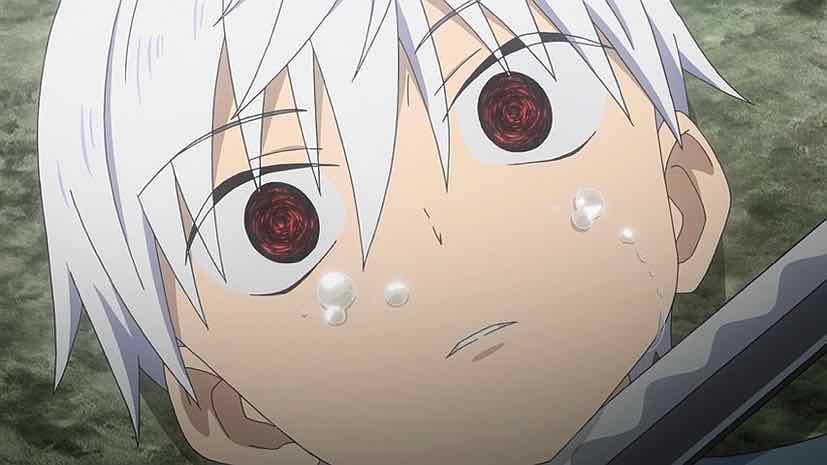
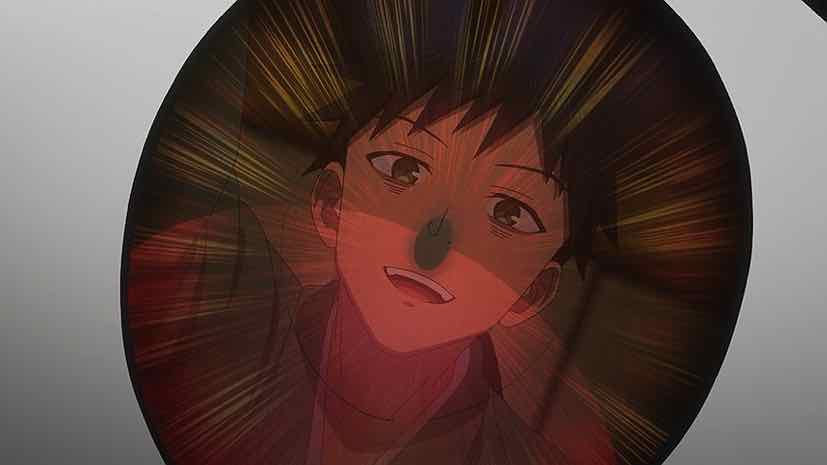
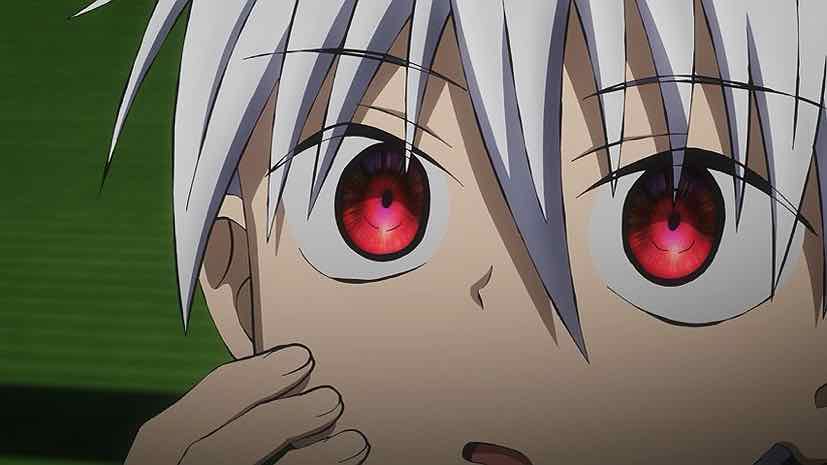
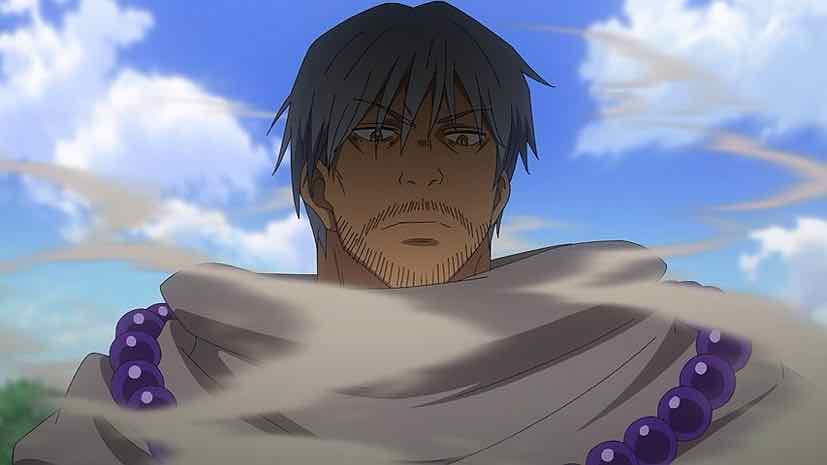
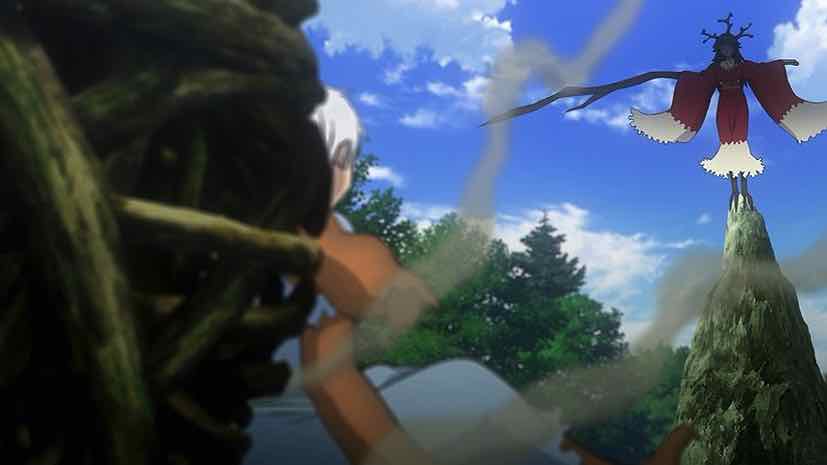
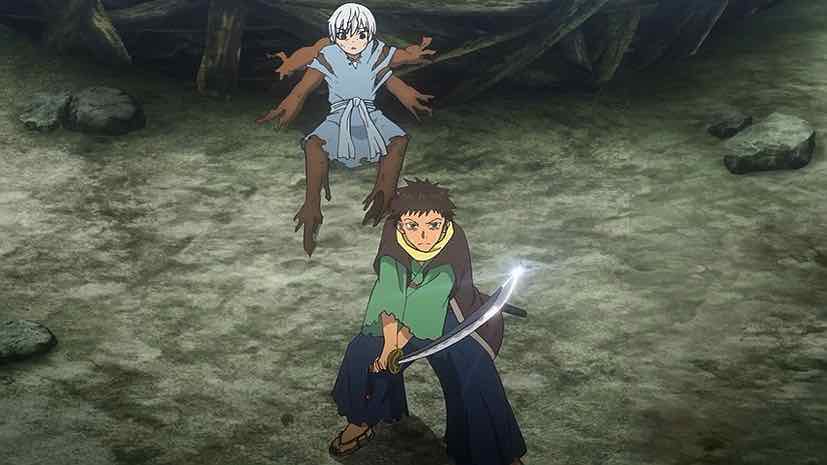
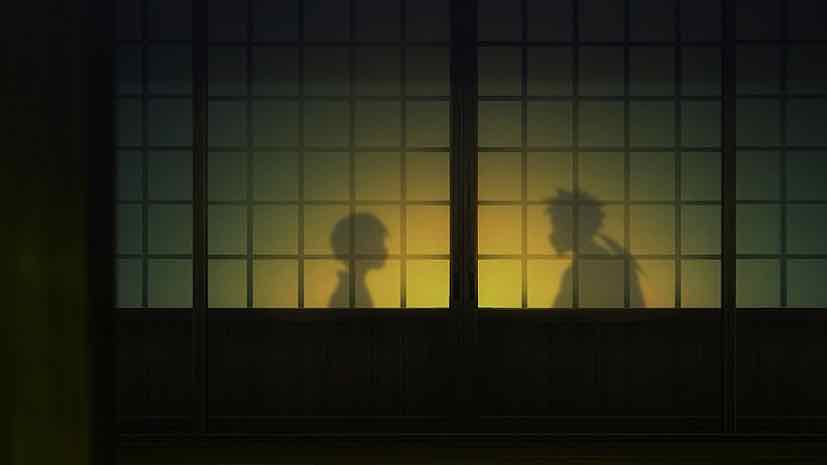
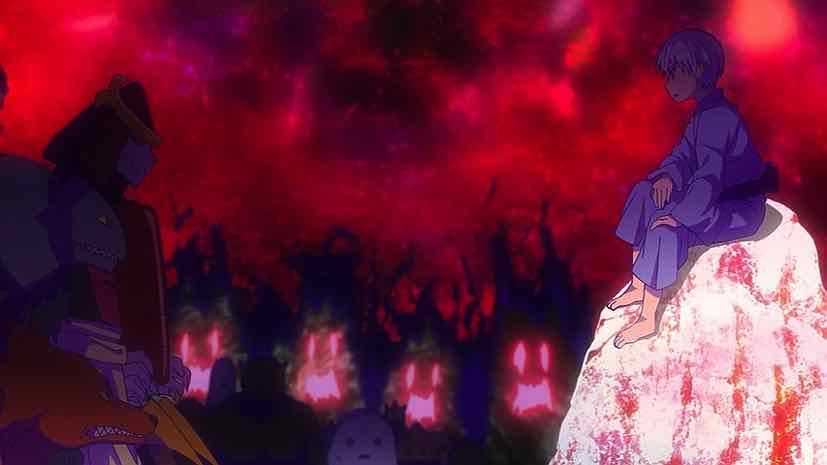
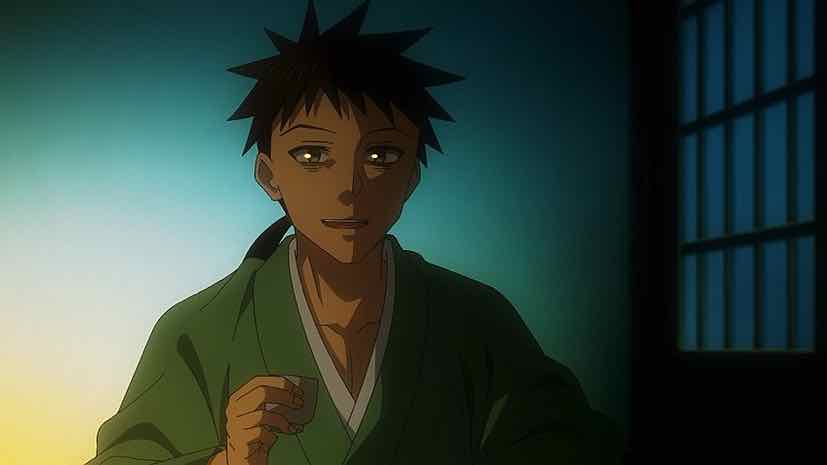
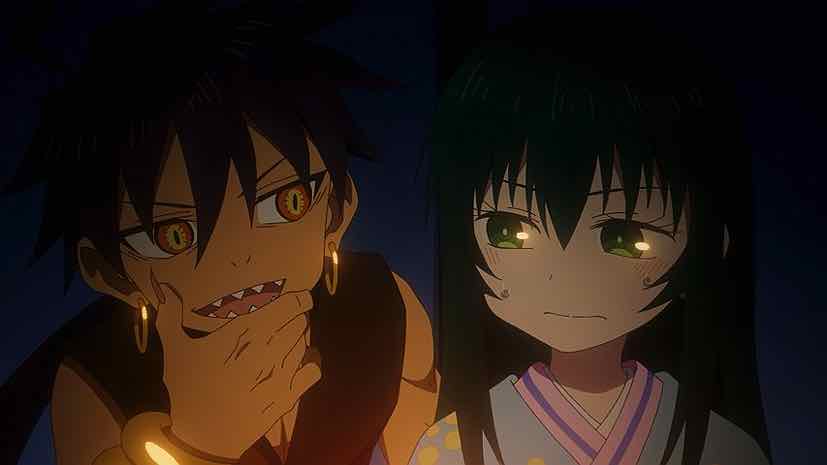
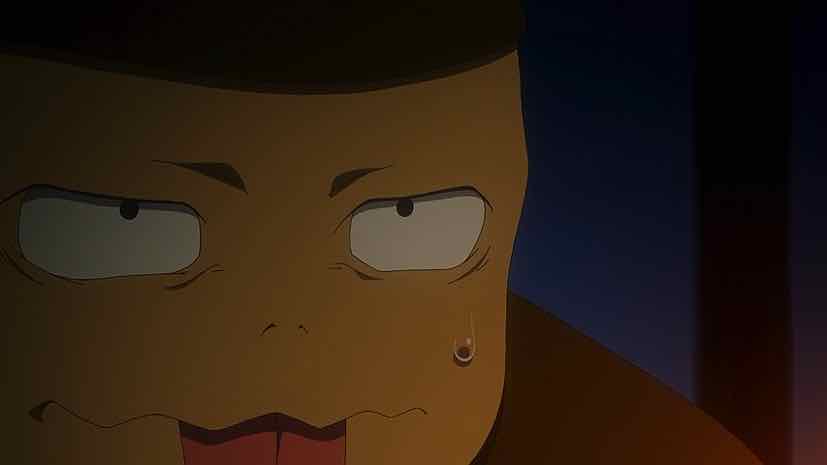
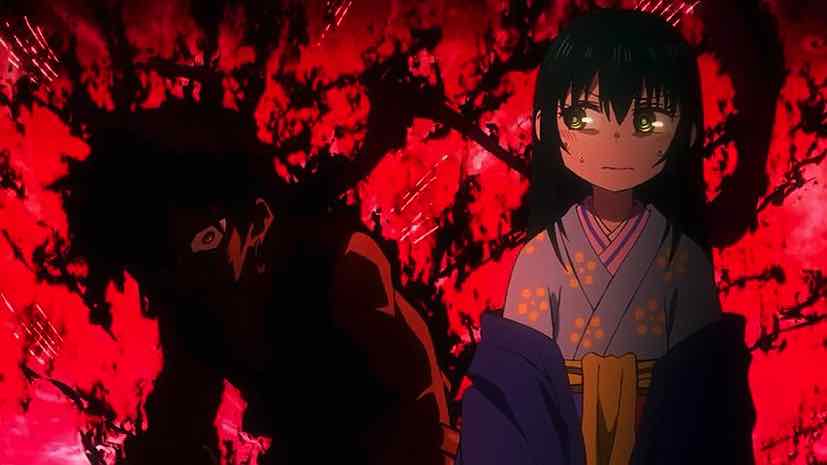
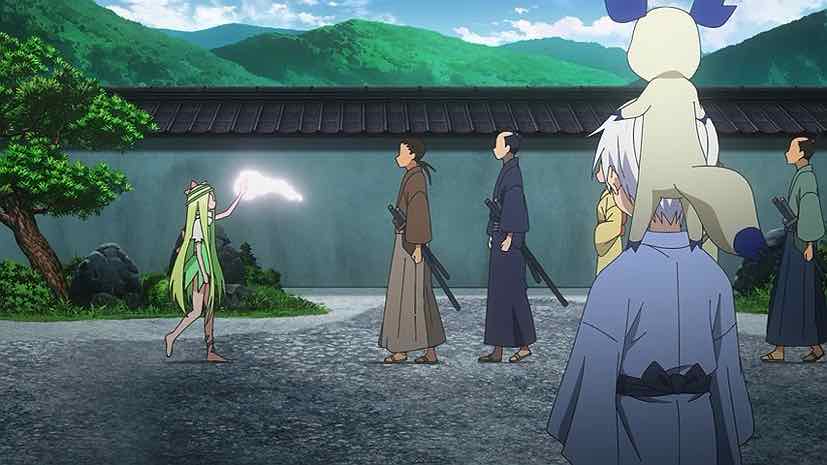
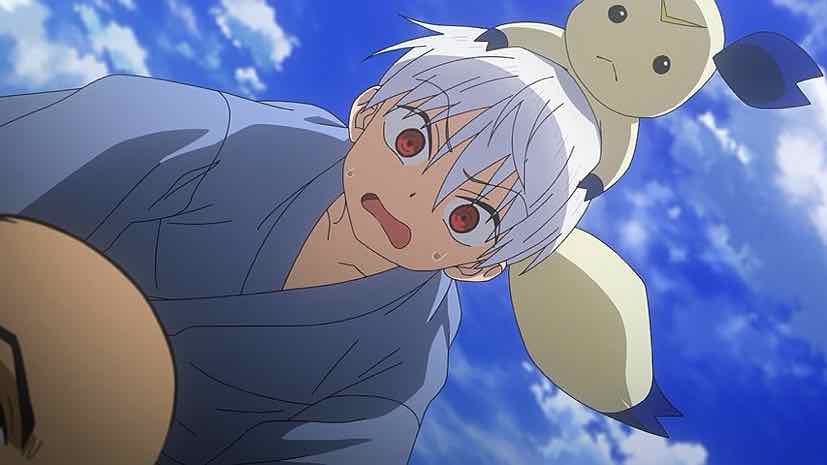
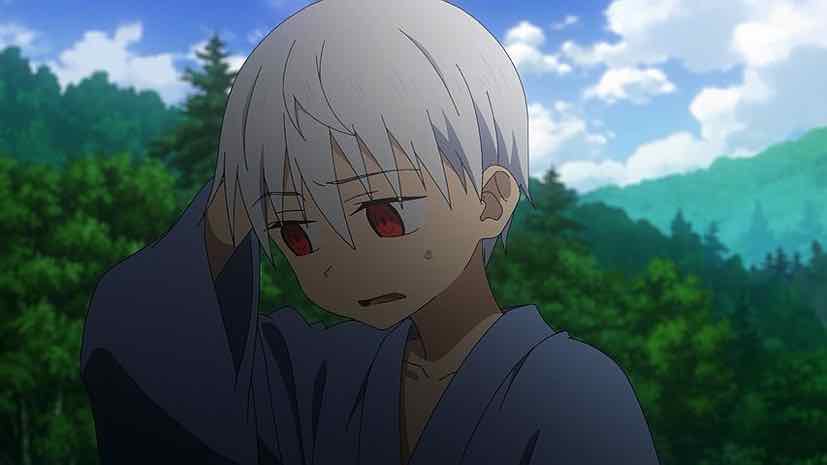
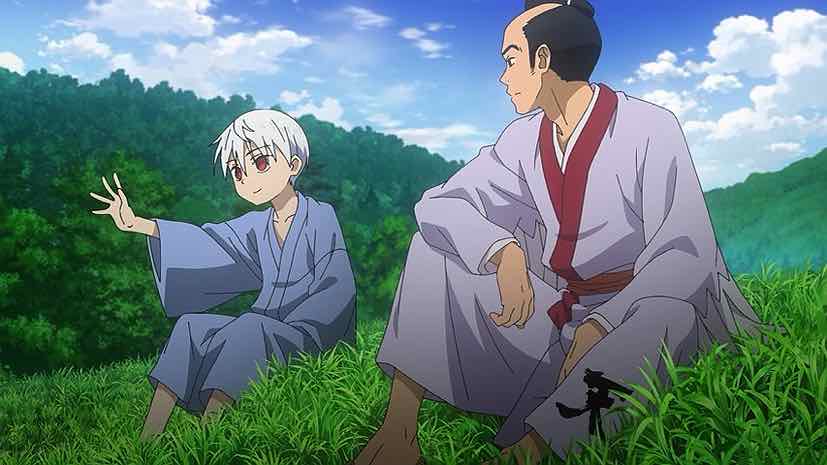
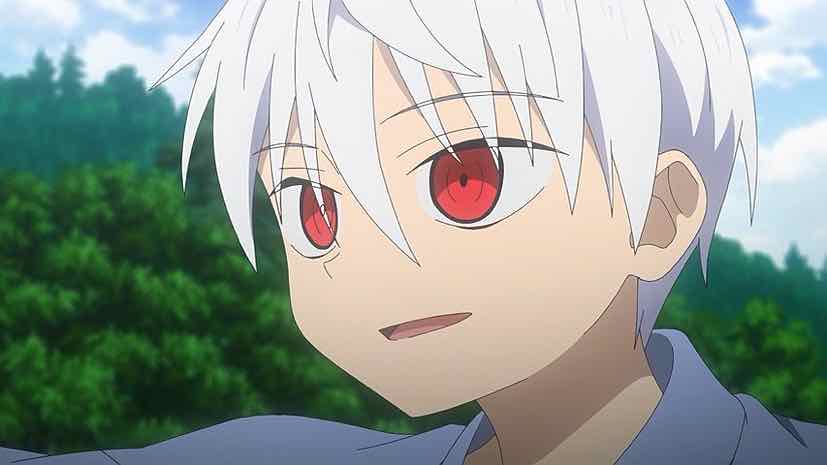
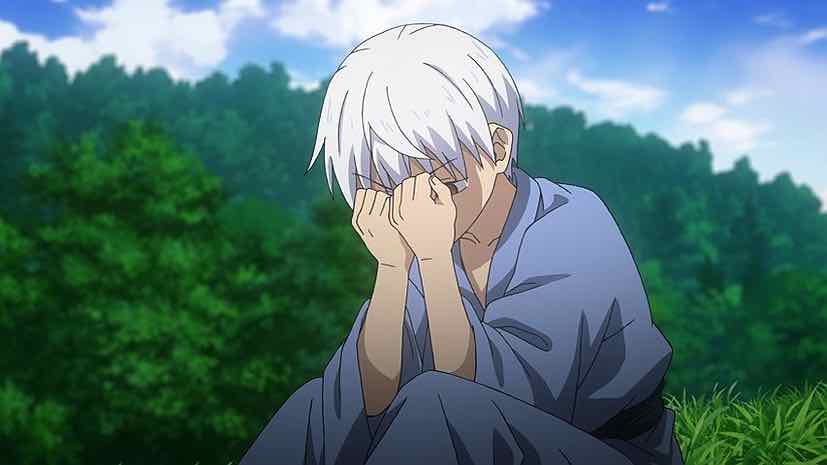
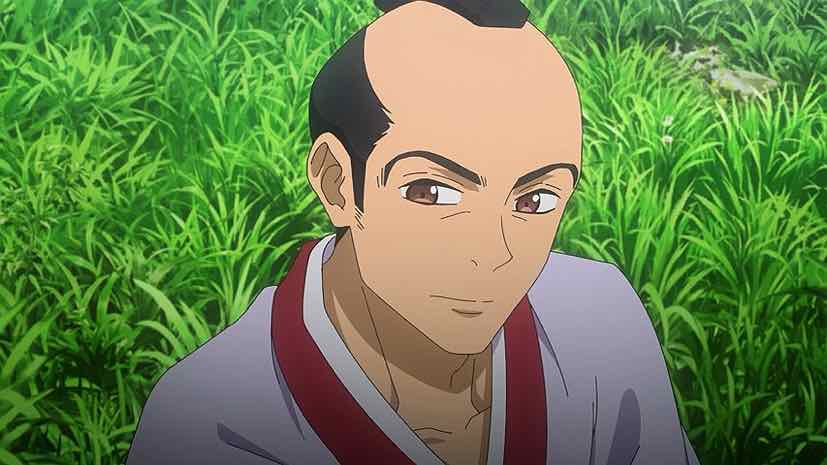
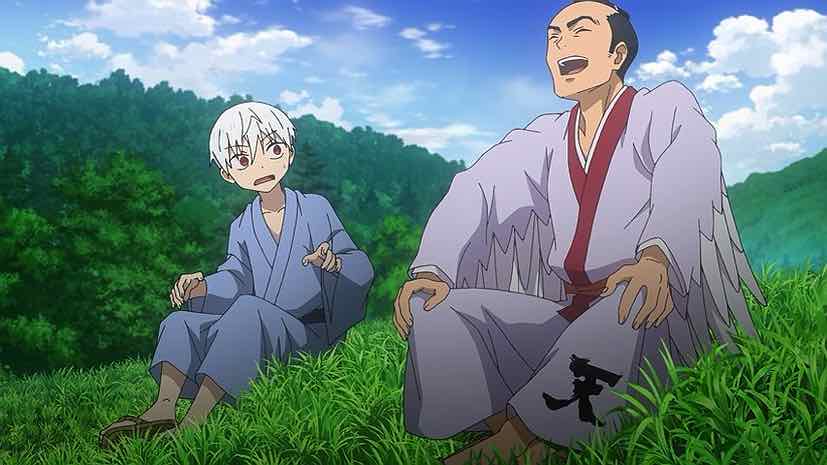
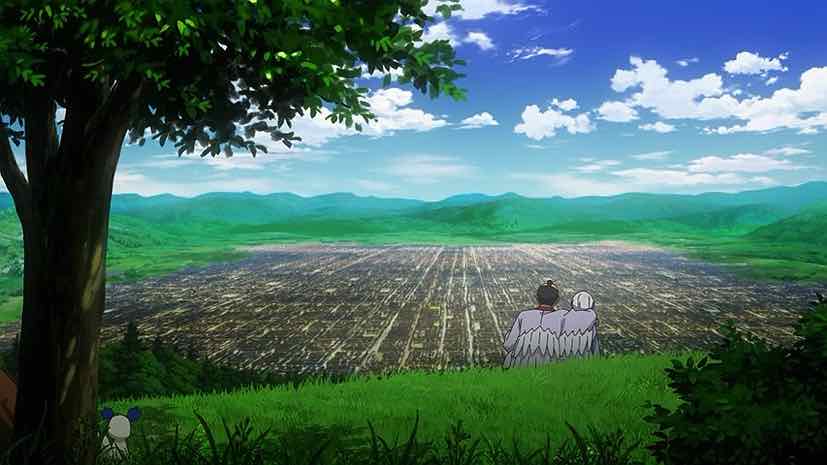
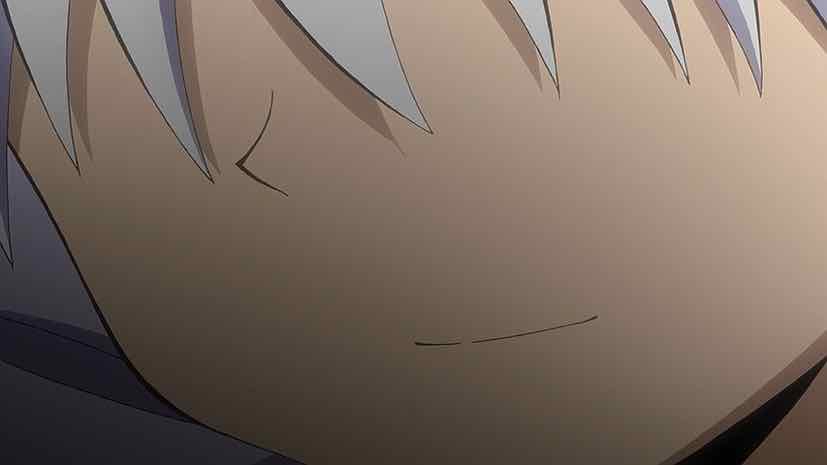
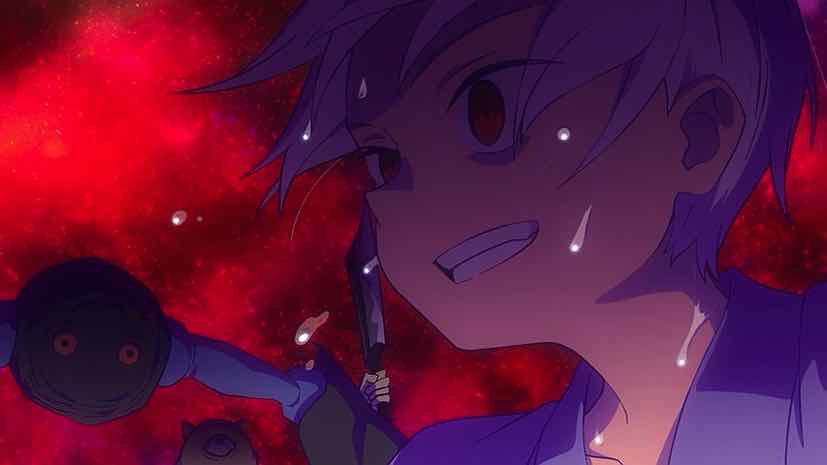
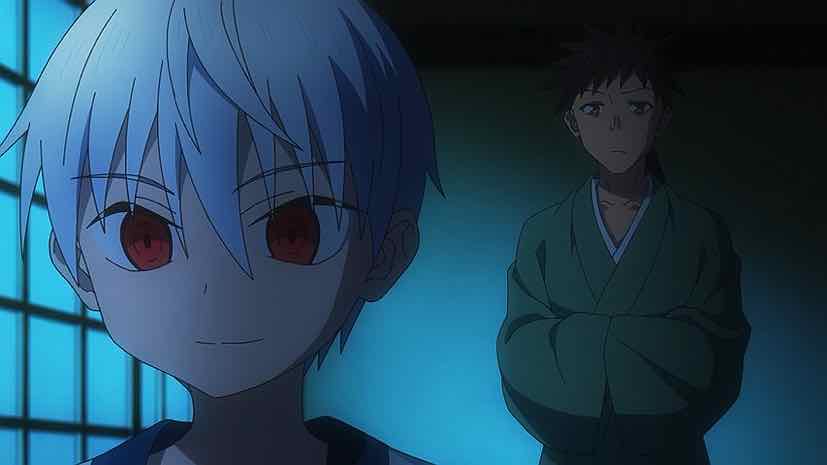
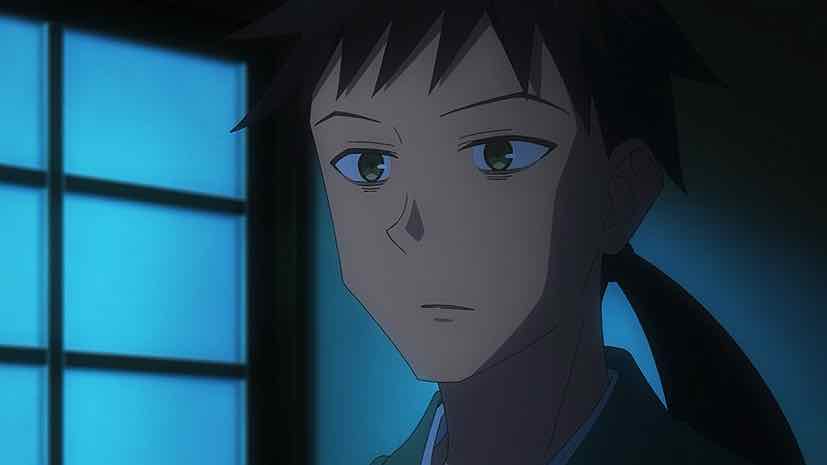
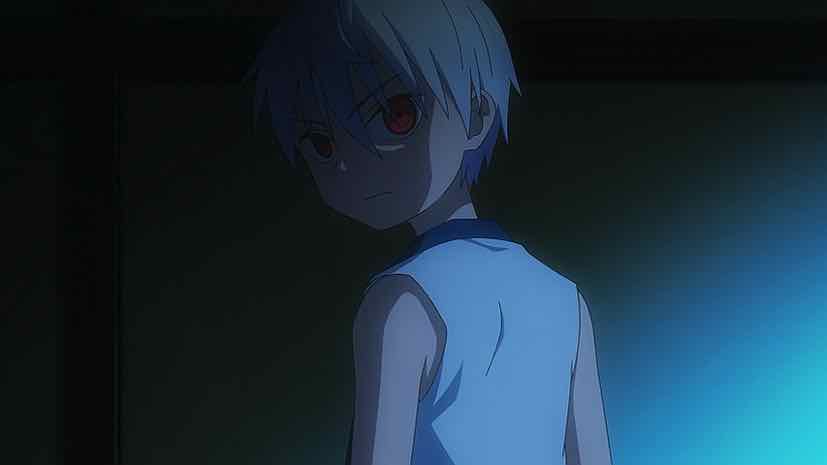
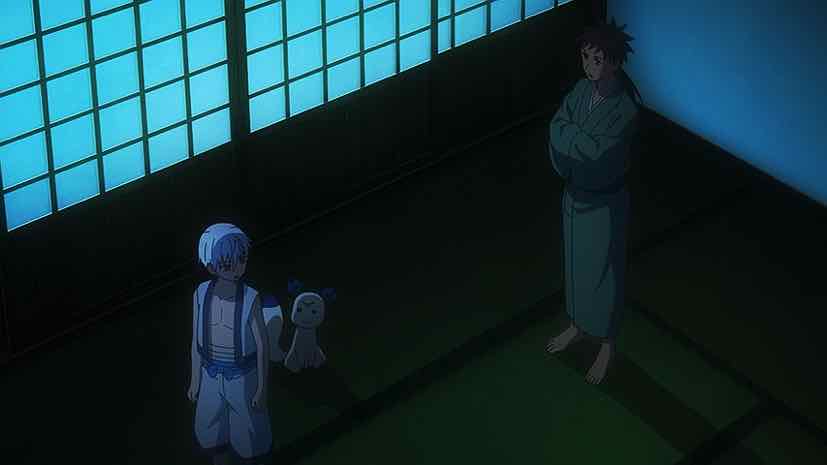
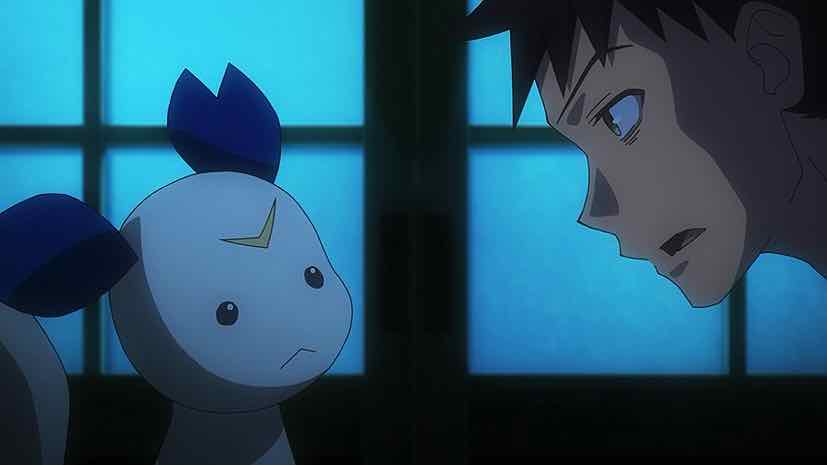
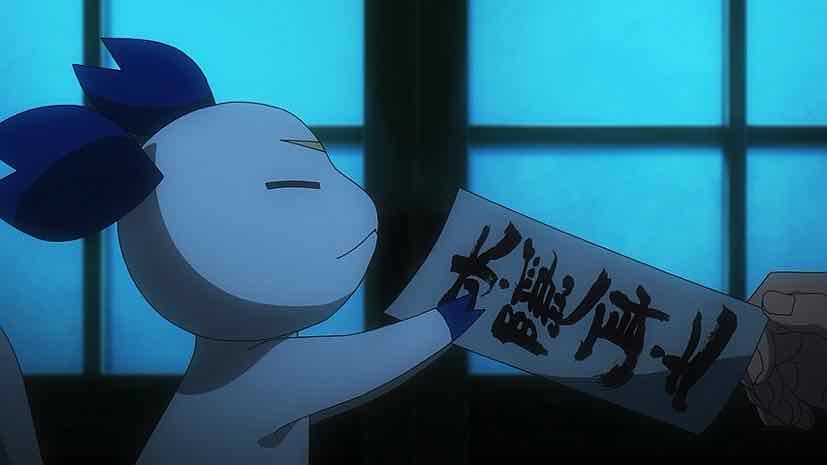
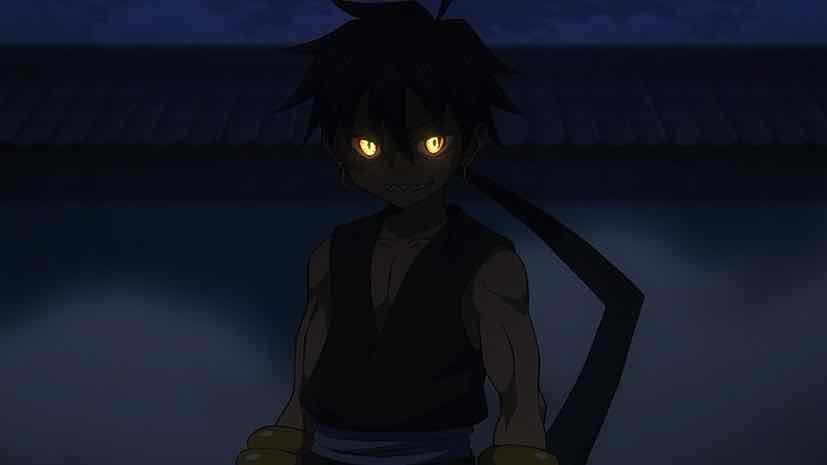
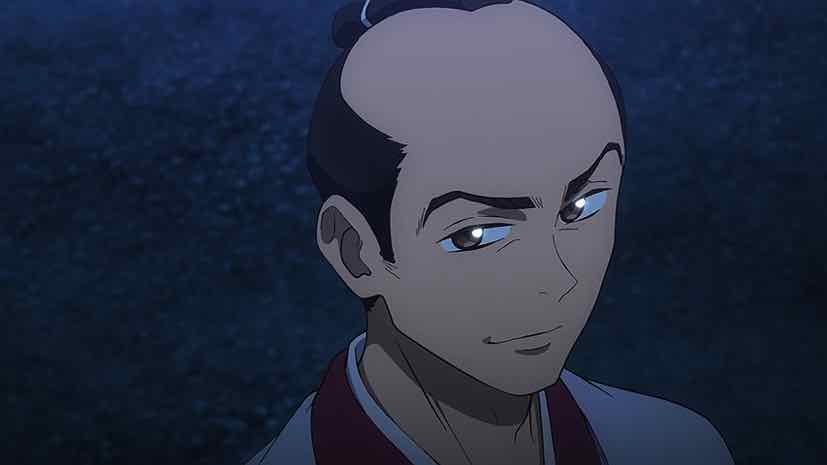
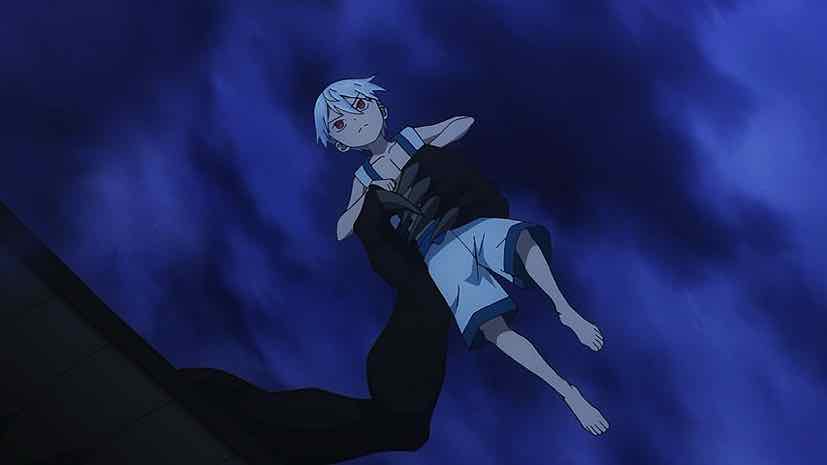
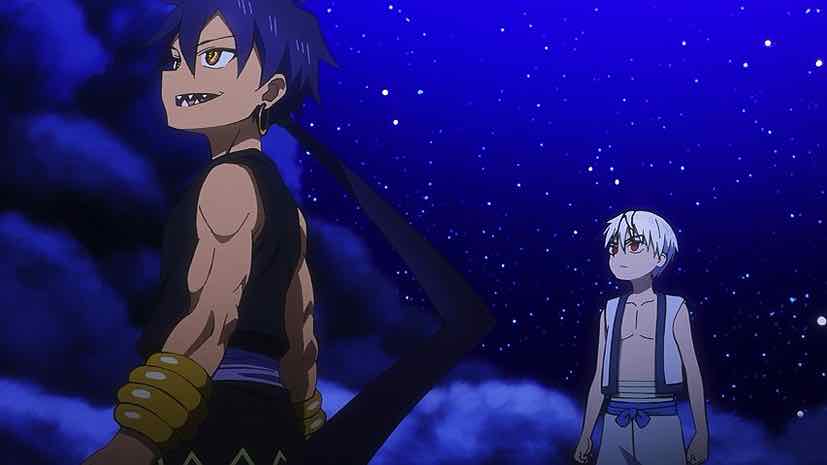

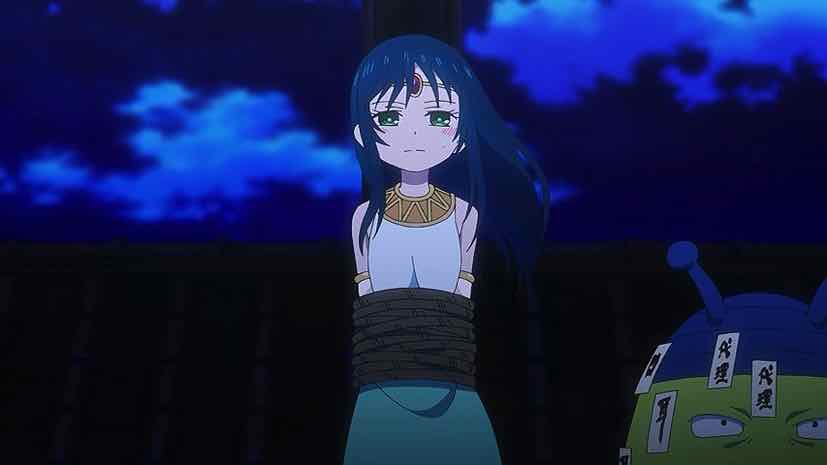
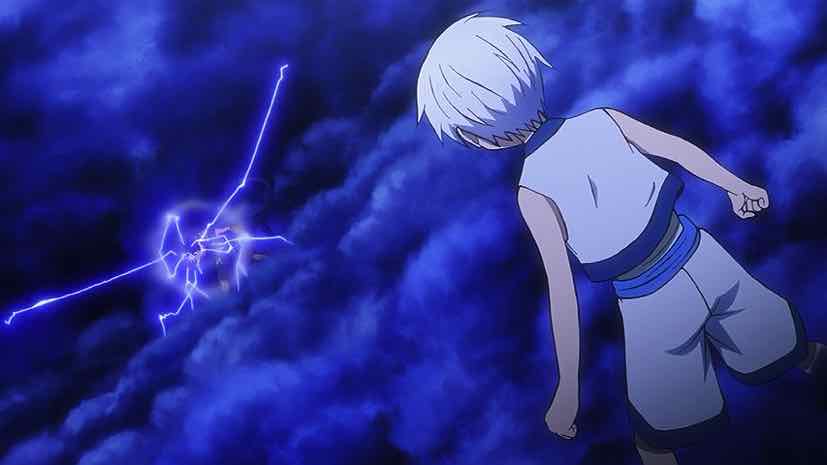
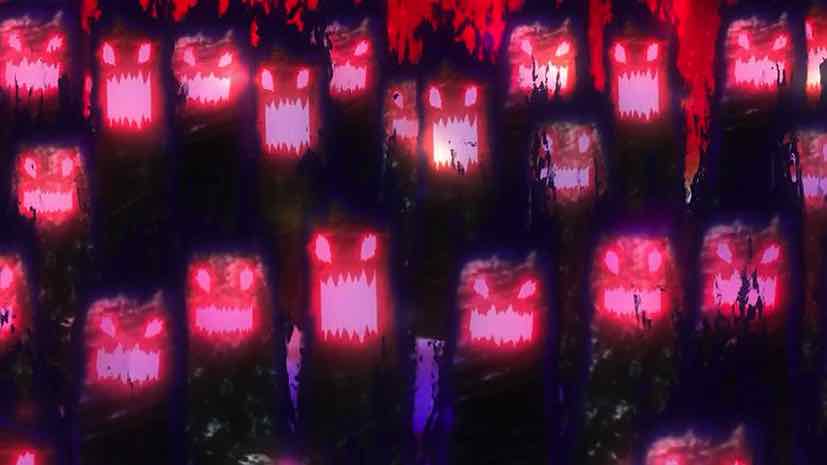
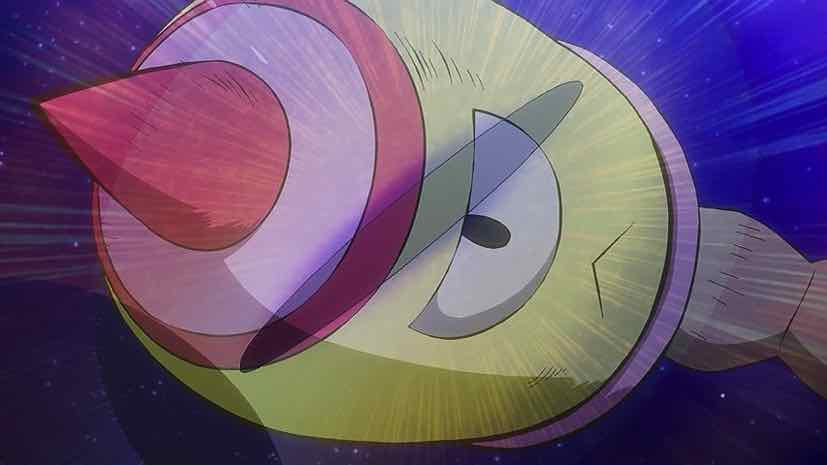
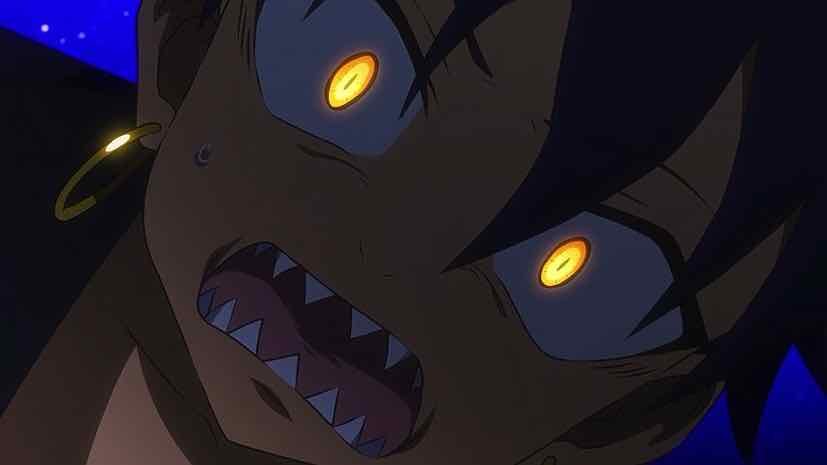
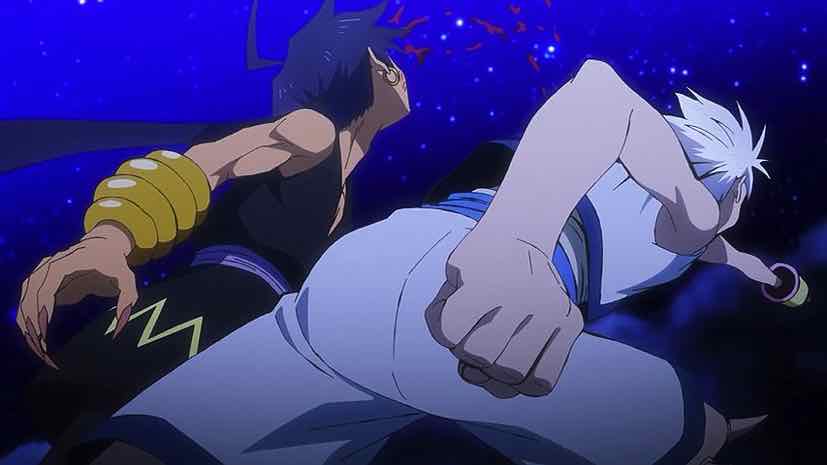
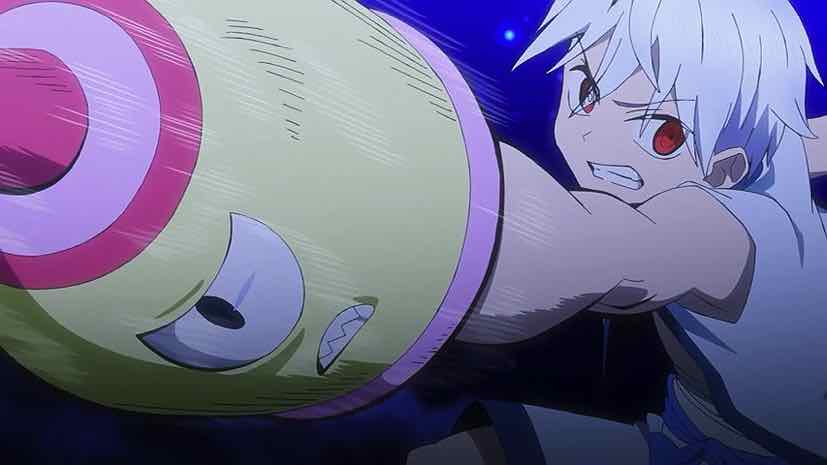
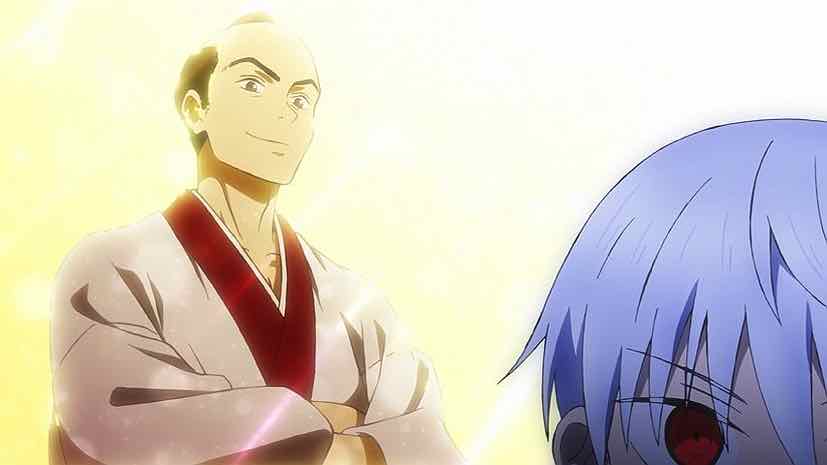
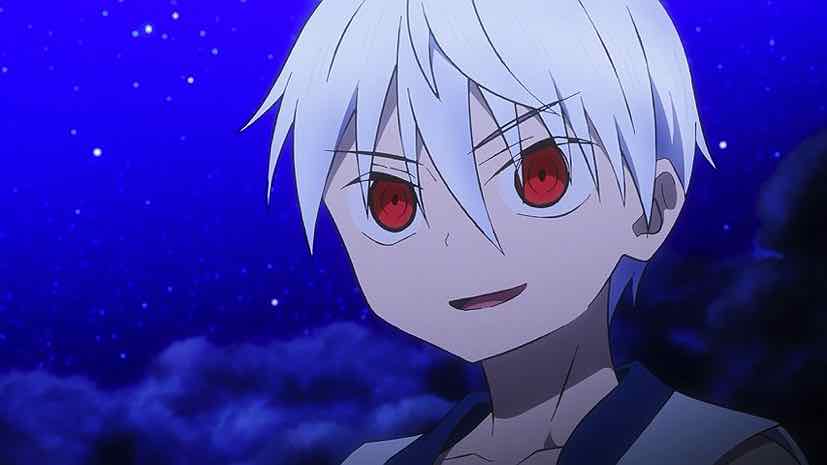
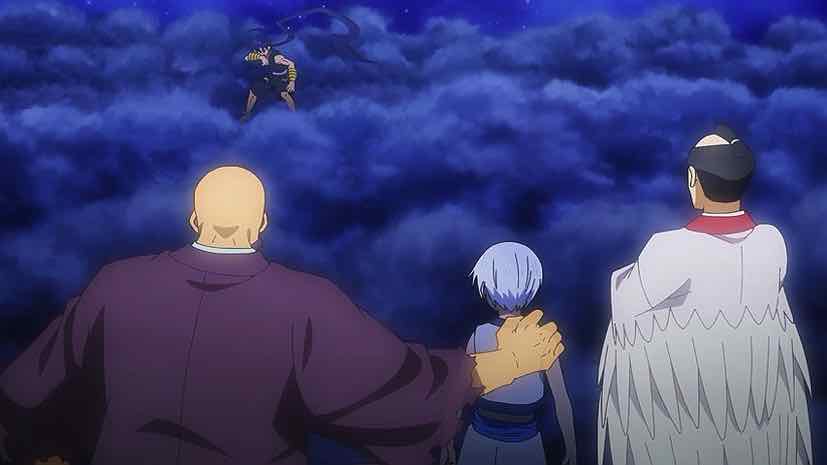
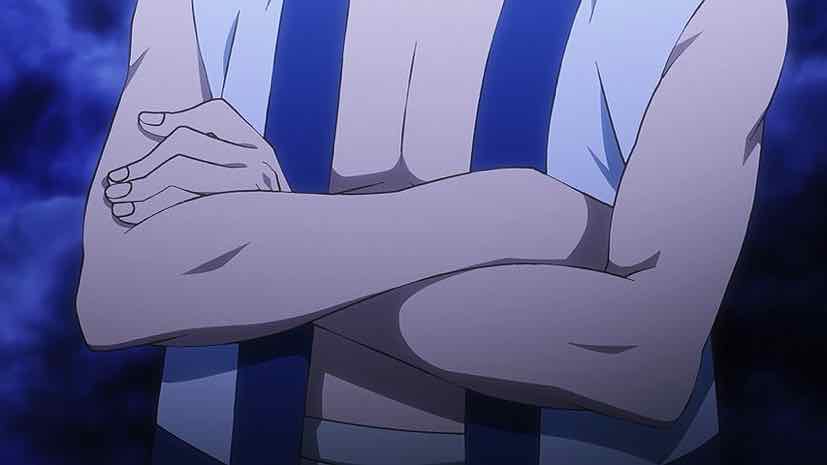
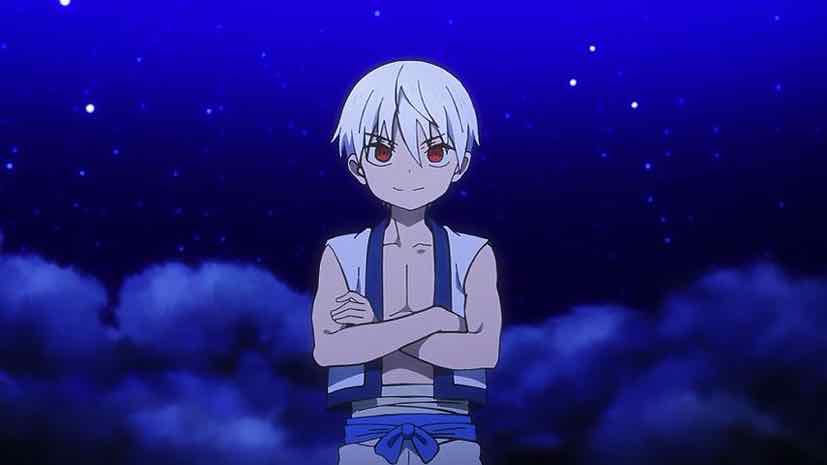
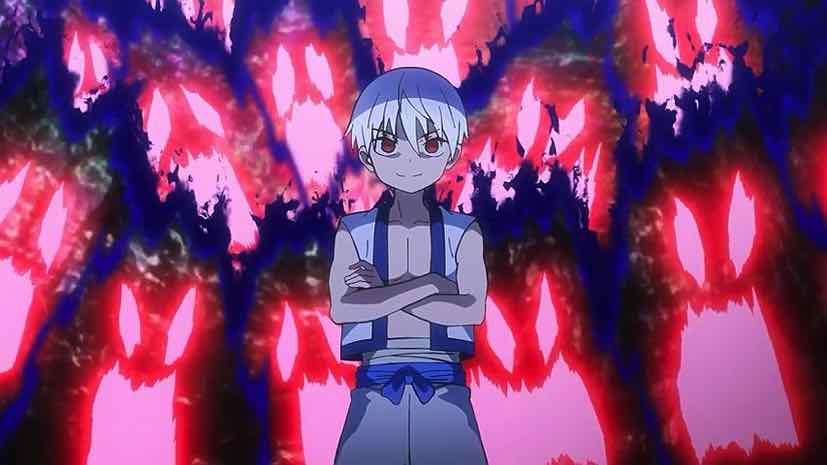
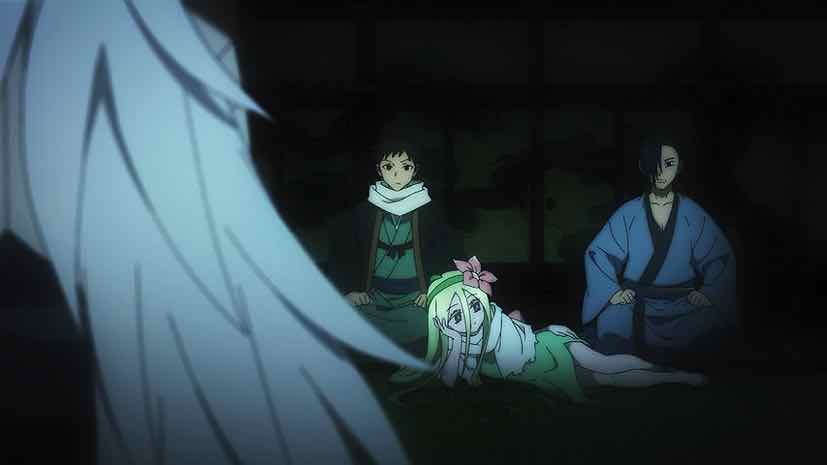
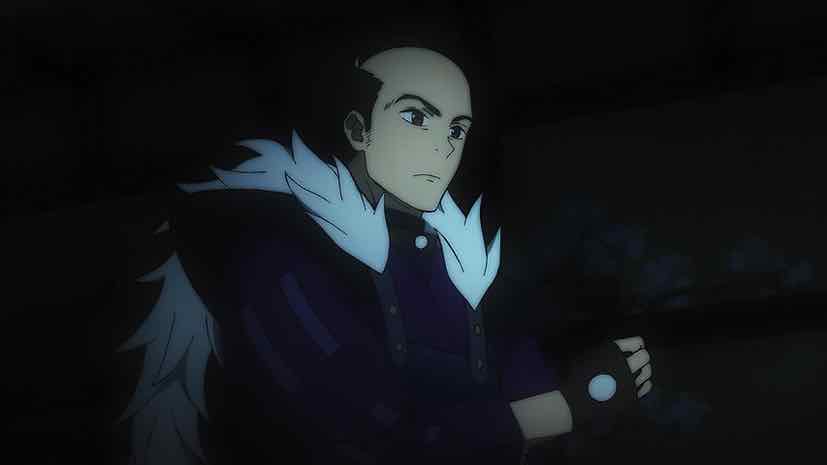
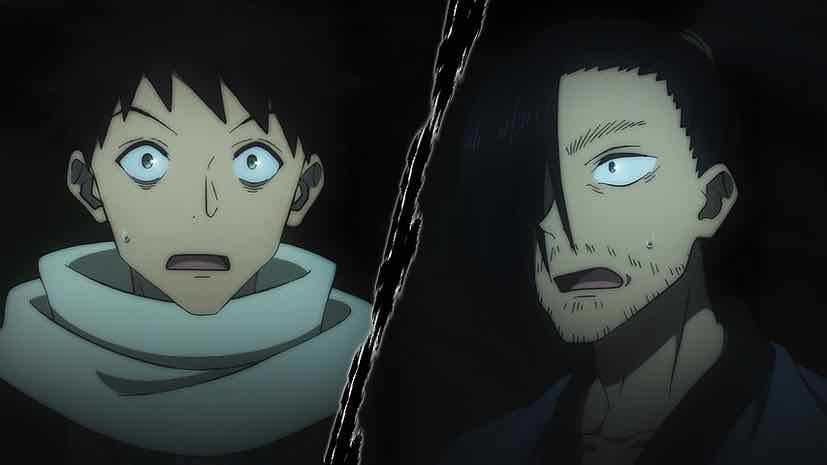


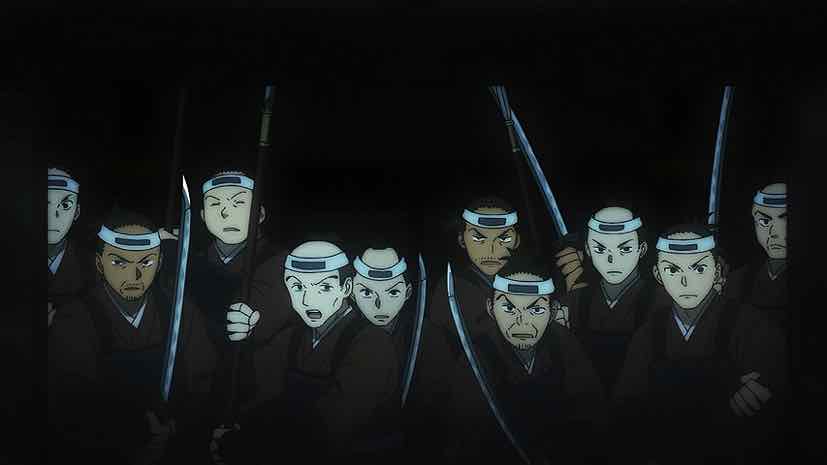
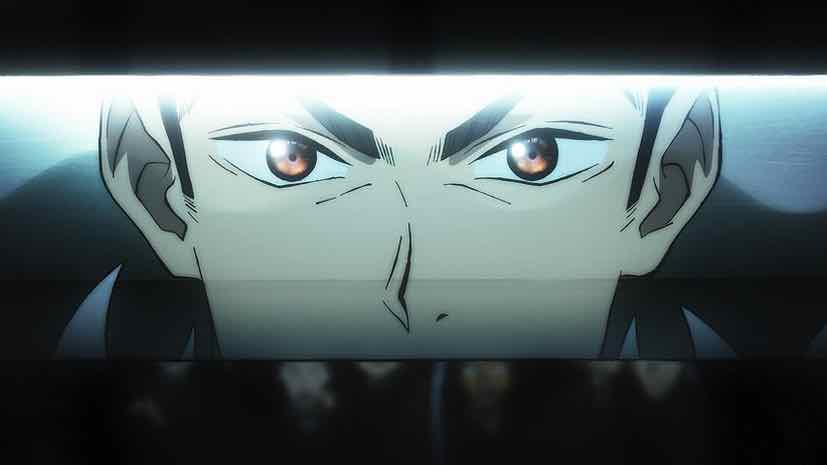
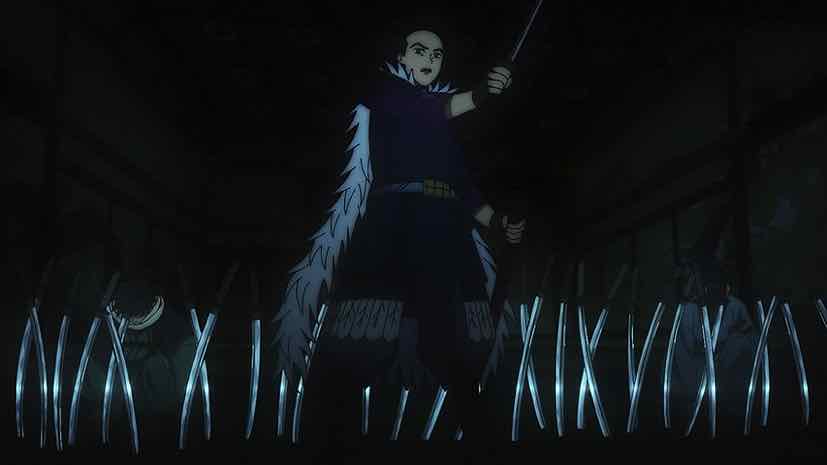
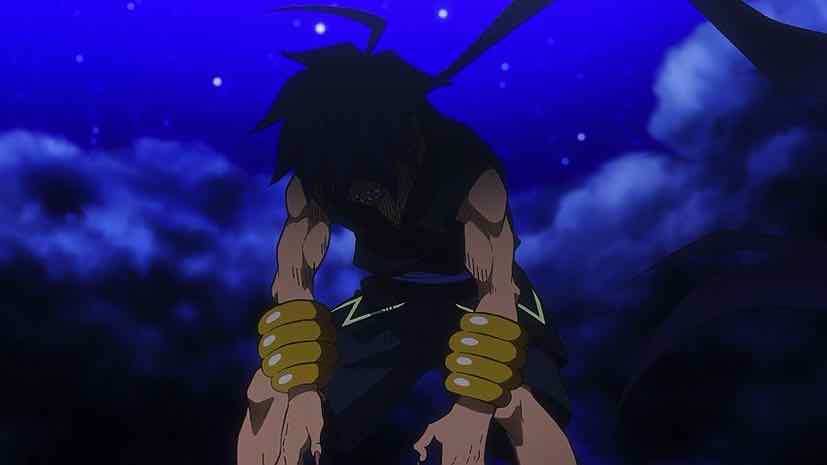
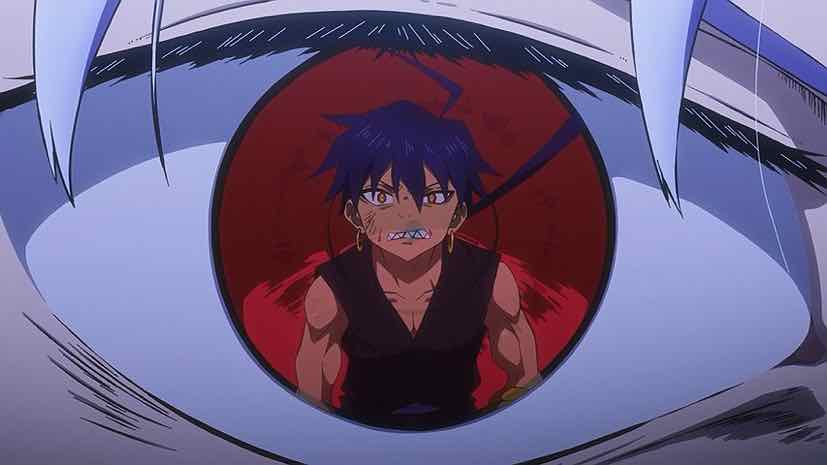
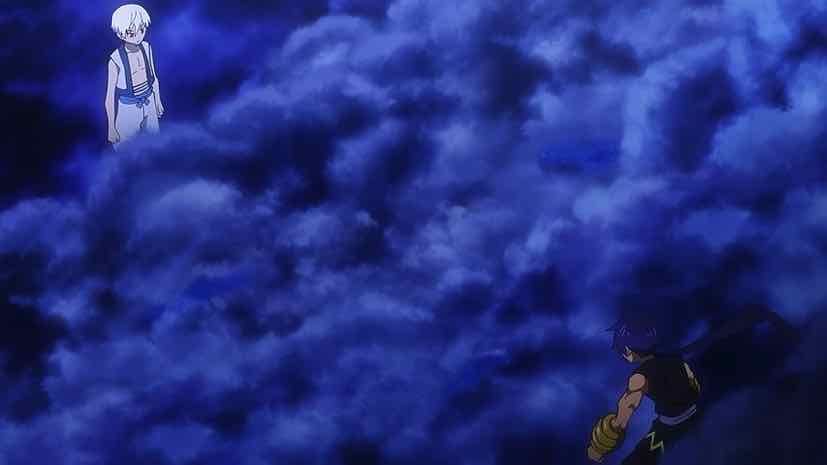
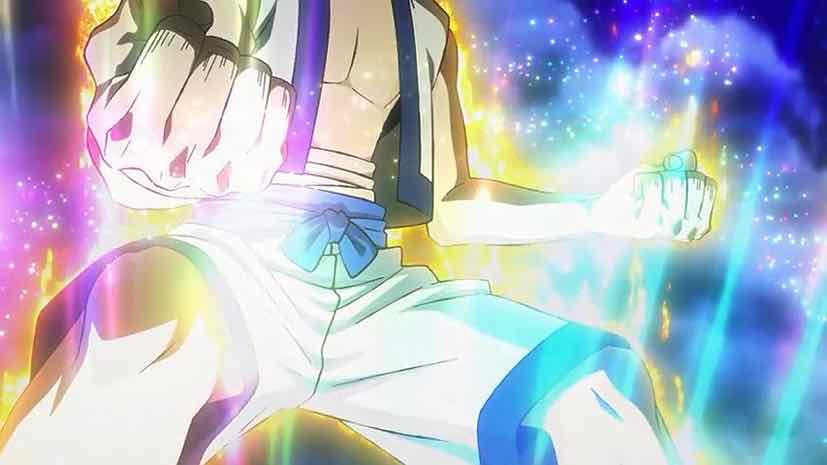
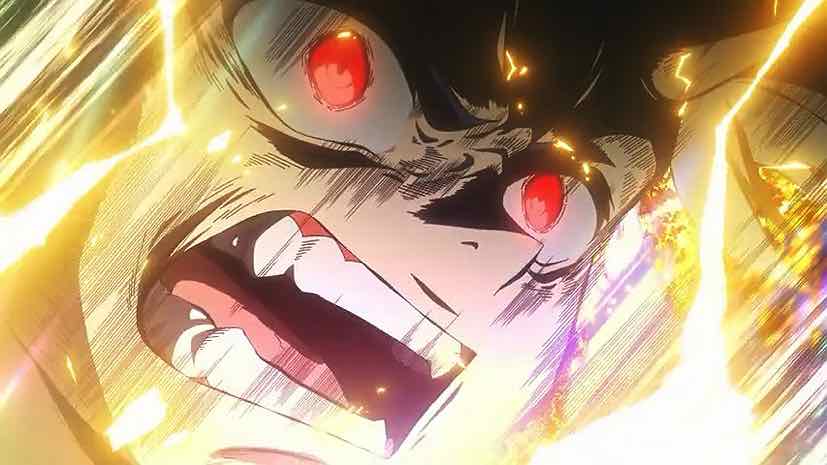
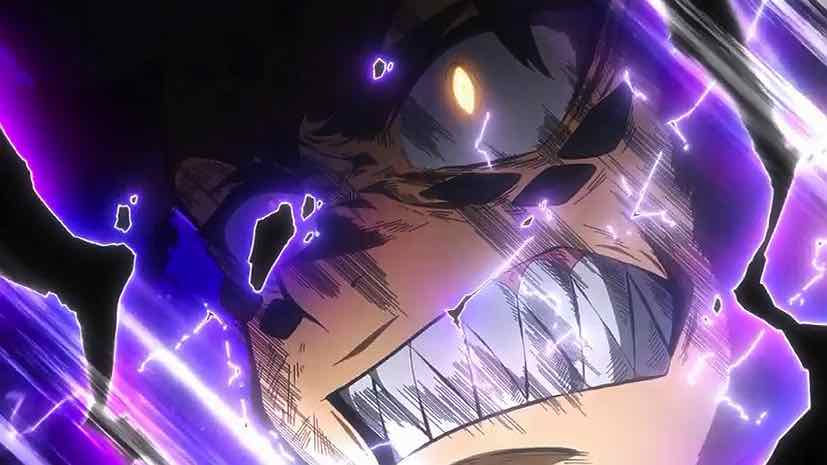


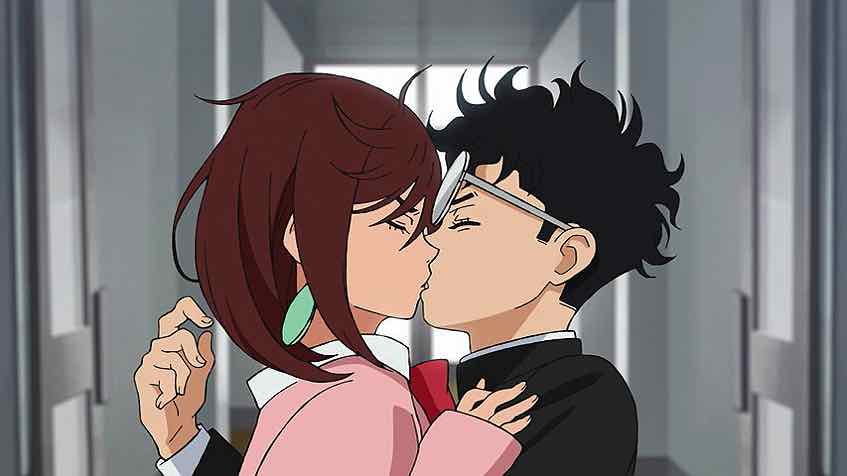
ruicarlov
August 16, 2024 at 12:58 amThis season is reach in stories involving the Ashikaga. I know next to nothing about this time period, but it is a strange coincidence of having a show about the beginning of the Ashikaga shogunate and this one that looks like the end of said shogunate.
Guardian Enzo
August 16, 2024 at 1:02 amProbably fair to say neither are going for photo-realism or impartiality…
ruicarlov
August 16, 2024 at 8:17 amWell, I did go to wikipedia a bit and it looks like Teru’s martial skills were nothing to sneeze at, so there’s that.
Nicc
August 17, 2024 at 5:00 amYeah, this was a packed episode and it was setting up some big fights. May 19th is coming soon and Teru shares that he’s got precognition. He’s seems to have discovered this ability by accident while doing some training one day and learned that he’s able to cut through time. Heck, he’s already seen how his life was going to play out and so he also knows when it’s going to end. This shocks everybody, including Hanatora. Teru makes a plan to evacuate everybody from the castle by then and gets Hanatora along with Shinsuke and Raizou to help him out. This involves using illusions to fool the enemy and so that’s going to take some time. Hanatora mentions that there is a price to be paid for asking a goddess for such a favor and I have to wonder what that is. It could be that she’s the one that takes his life, but he seems more like the type who’ll go down swinging rather than just to offer it up.
In the meantime, Senya is struggling with how to properly communicate with the thousand katawara inside of them. They each have distinct personalities and he notices that there are a handful that stand out from the rest. There’s no shortcut to this, which Shinsuke reinforces. Shook by what Tago told him, Senya works up to courage to ask Shinsuke if they used to be enemies. Right, Shinsuke doesn’t lie about it, but there’s more. They fought, but Shinsuke didn’t treat him like an enemy. We get some flashbacks to when Shinsuke helped to protect him. It’s that memory of the teary Shinsuke which breaks the dam and all of this memories flood back. He remembers everything now, the good and the bad. Meet Senya 2.0, he’s got the memories from his past and the new experiences of the present. This allows him to interact with his katawara on more even footing and it’s a good sign that he seems to know all of their names. They still have reservations about fighting a dragon, but Senya seems to have created a plan for that.
It was also a nice moment for Teru to bring him outside and to let him know that if he can still laugh, he’s still human. In the meantime, Mudou seems to be having fun having Tsukiko play dress-up. He seems to have somehow taken a liking to her, but she’s not interested. The day arrives and the preprations are set. Mudou arrives to pick up Senya and he’s chosen a battlefield up in the sky. It’s on the belly of a vast cloud katawara, who Mudou plans to eventually eat as well. Right, Senya has been playing with his katawara and has gotten at least half to be on his side. He wants to play along with Mudou too and intends to defeat him without killing him. On Senya’s side, at least one katawara has stepped up to the plate and wants to win against a dragon. I’m sure that we’ll see more follow along as all it takes is just one to start.
Back on the ground, the enemy has also arrived. The castle has been evacuated and it’s just the shogun, Hanatora, Raizou and Shinsuke. Teru boasts that he can take on 10,000 men all by himself since he doesn’t have to worry about dealing with firearms (Humidity isn’t good for gunpowder). I makes me wonder what roles Raizou and Shinsuke will play here as he doesn’t need them as reinforcements and they’ll just get in his way. Next week looks to be action-packed.